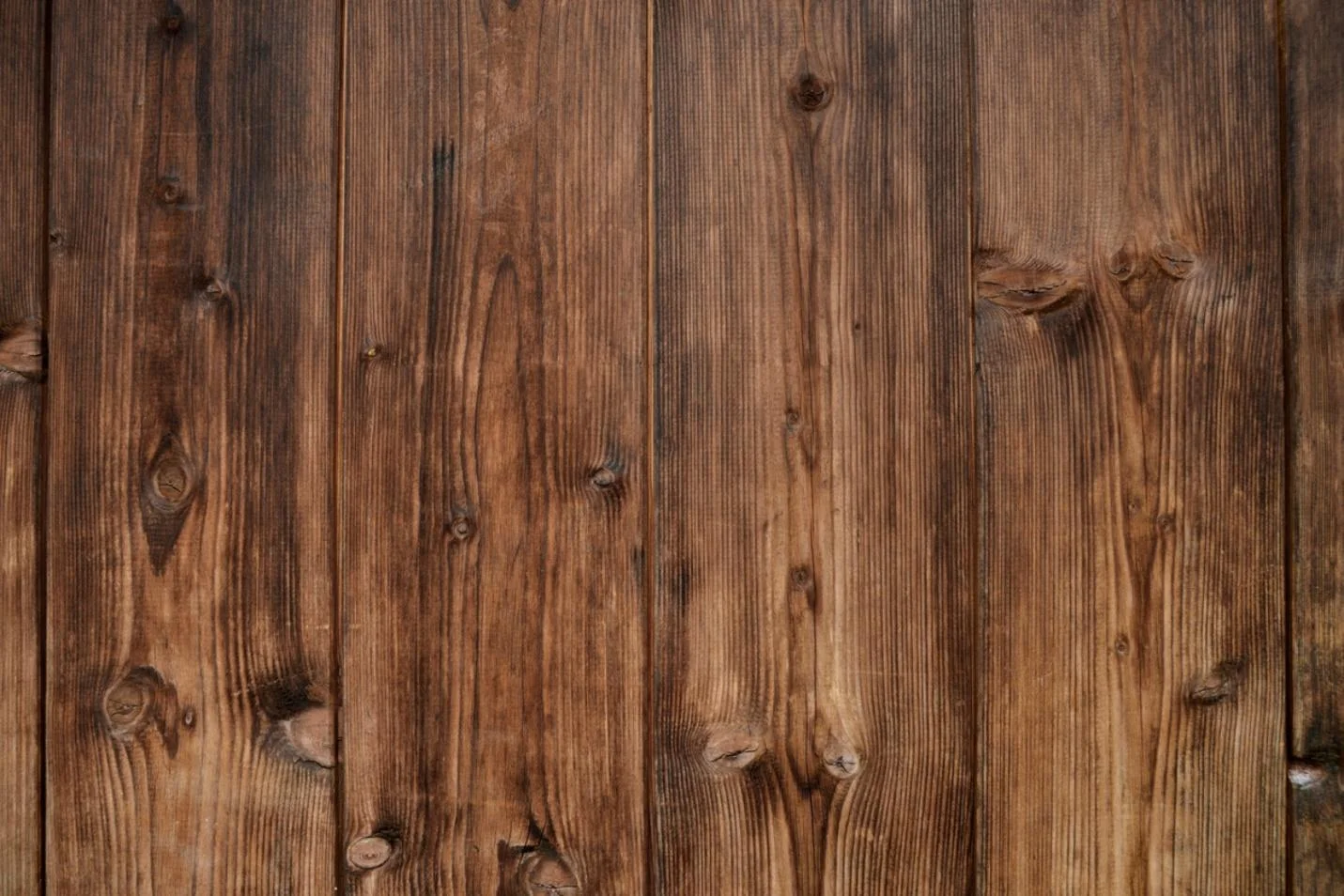Nov . 23, 2024 15:45 Back to list
basketball court floor installation
The Art and Science of Basketball Court Floor Installation
Basketball is not just a sport; it’s a cultural phenomenon that brings communities together, promotes physical fitness, and fosters teamwork. Central to the sport's appeal is the basketball court itself, a carefully designed space that not only supports athletes' performances but also ensures safety and durability. The installation of a basketball court floor is a meticulous process that combines artistry, engineering, and an understanding of athletic needs.
Understanding the Requirements
Before installation begins, it is essential to understand the specific requirements of the basketball court. Basketball floors can be constructed from various materials, including wood, laminate, rubber, and polyurethane. Each material has its advantages and disadvantages, impacting factors such as safety, performance, maintenance, and longevity.
Most traditional basketball courts utilize hardwood flooring, which provides an excellent balance of durability, shock absorption, and aesthetic appeal. However, newer materials such as synthetic surfaces and rubberized floors are gaining popularity in gyms and recreational facilities. These alternatives can offer lower maintenance costs and greater resistance to moisture and wear.
Planning and Design
Once the material is chosen, the planning and design phase begins. Consulting with architects and engineers ensures that the court meets regulatory standards and the specific needs of the users. Dimensions are crucial; a standard basketball court measures 94 feet by 50 feet for professional and collegiate play. High schools may opt for smaller dimensions, typically 84 feet by 50 feet.
In this phase, intricate details are also considered, such as the placement of three-point lines, free-throw circles, and the center court logo
. A well-designed court not only enhances functionality but also elevates the sports experience through its visual appeal.Preparing the Subfloor
basketball court floor installation

Before the actual flooring can be laid, it is important to prepare the subfloor. This involves ensuring that the surface is level, free from moisture, and structurally sound. Any irregularities in the subfloor can lead to instability and can affect the life span of the court. Concrete is a common subfloor material, and it must be checked for cracks or imperfections.
Moisture testing is also critical, particularly in areas with high humidity. Moisture can damage the floor and encourage mold growth, so proper ventilation and climate control within the installation area are key.
Installation Process
With the groundwork laid, the installation process can commence. For hardwood floors, installers typically start with laying down a plywood or engineered wood base. This base is often cushioned with a layer of rubber to provide shock absorption and reduce the risk of injury.
The actual flooring pieces are then laid, often in a specific pattern to enhance visual appeal and performance. After installation, the court must be sanded and finished. This step involves applying sealants and finishes that provide protection against wear and tear, ensuring a long-lasting surface that looks great.
For synthetic surfaces, installation may be quicker, but it still requires precision. These materials often come in large rolls or tiles that are glued to the subfloor. Care must be taken to ensure proper alignment and that seams are tightly sealed to prevent water penetration.
Post-Installation Care
Finally, proper maintenance is vital for preserving the court’s condition. Regular cleaning routines, such as dust mopping and occasional wet cleaning, should be established to maintain surface integrity. For hardwood, periodic re-finishing might be necessary, while synthetic floors may require different cleaning solutions and methods.
In conclusion, basketball court floor installation is a comprehensive process that demands attention to detail and a thorough understanding of materials and structural requirements. A well-installed court not only enhances players' performance but also contributes to the overall experience of the sport, providing a safe and appealing environment for athletes of all levels. Whether in a school gym, community center, or professional arena, the basketball court floor remains a vital element in promoting the game and encouraging active lifestyles.
-
Durable Plastic Pickleball Court Tiles Versatile Commercial Plastic Flooring Solutions
NewsJul.05,2025
-
Optimal Height for Indoor Pickleball Court Meet Official Standards & Enhance Play
NewsJul.05,2025
-
Premium Pickleball Basketball Sport Court Tiles – Durable, Versatile, Easy Installation
NewsJul.05,2025
-
Converting Tennis Court to Pickleball Fast & Affordable Solutions for Any Facility
NewsJul.04,2025
-
Professional Tennis Court Lining Services Pickleball Court Marking Experts
NewsJun.24,2025
-
Pickleball Court for Sale - Premium Flooring Solutions for Sports Venues
NewsJun.10,2025

